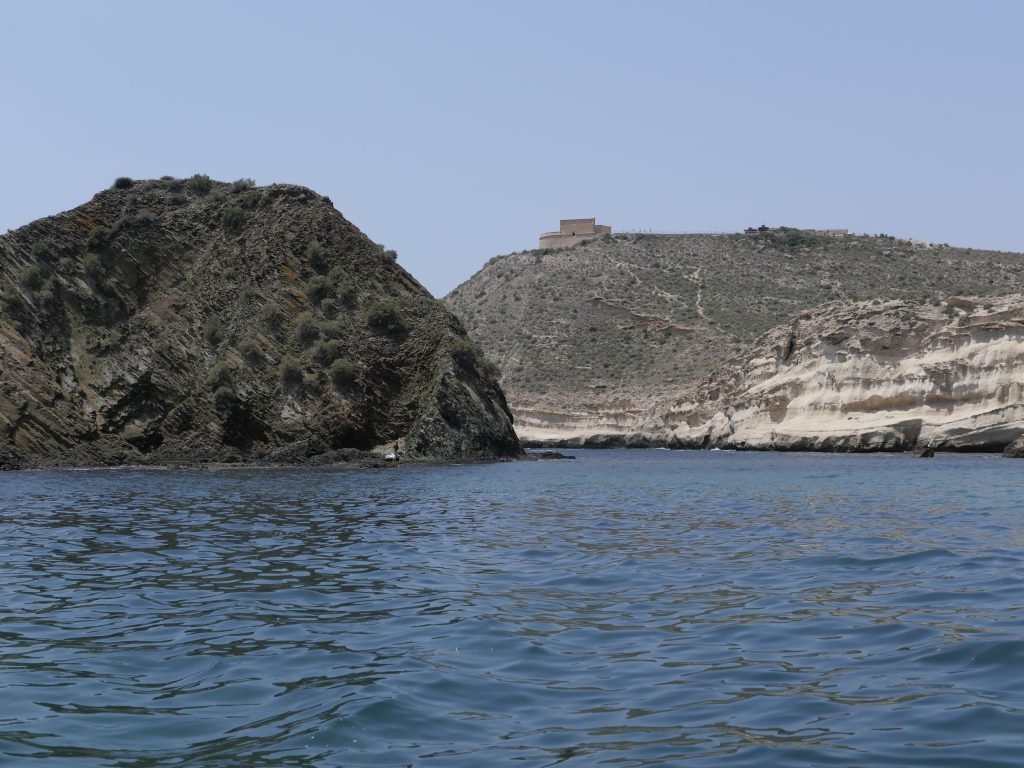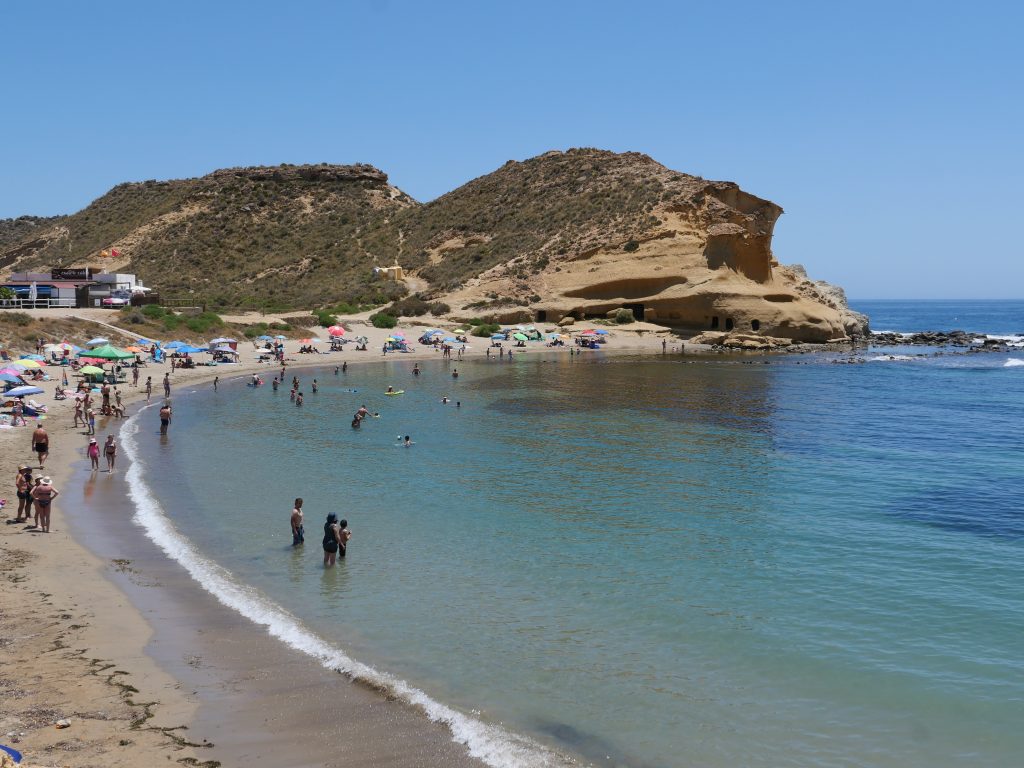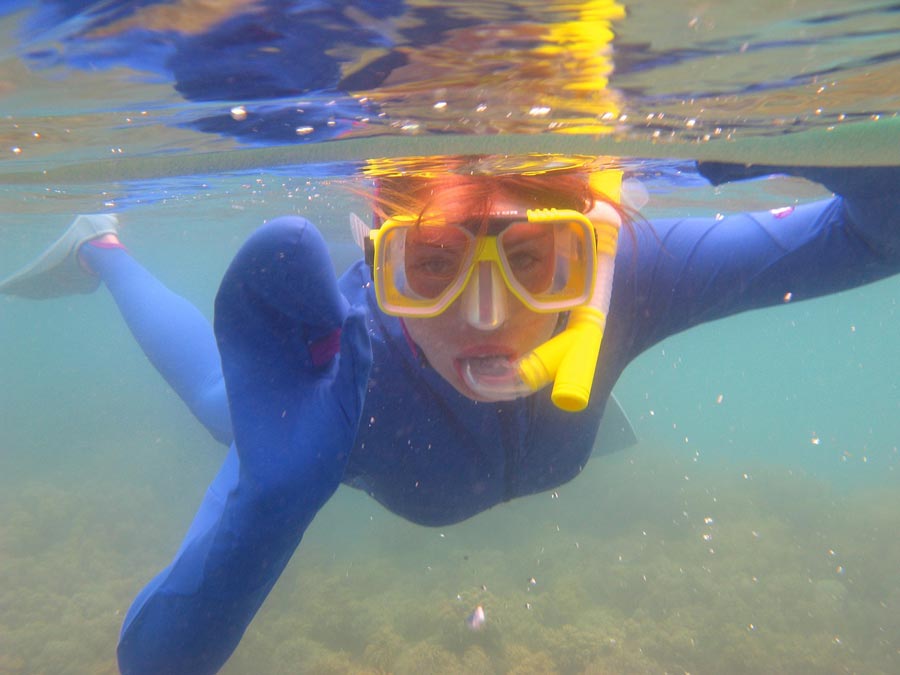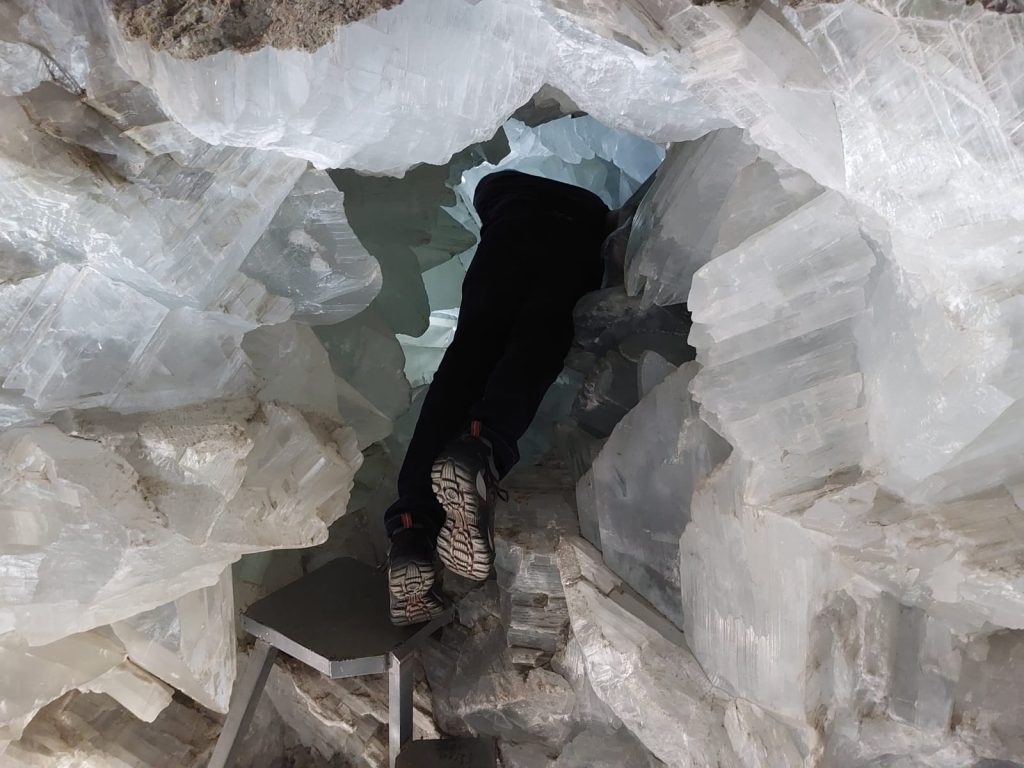If you’re looking to immerse yourself in the crystal-clear waters of the Mediterranean and discover the hidden treasures along the coast of Almería, you’ve come to the right place. With over 230 kilometers of coastline, Almería offers a wide variety of beaches and natural coves ideal for enjoying the seabed, diving, and snorkeling.
Beyond the wonders hidden within the well-known Cabo de Gata Natural Park, the coast of Almería offers other marvelous places for diving, such as the beaches and coves of Cuevas de Almanzora, Pulpí, San Juan de los Terreros, and Águilas, and a bit further, the Regional Park of Cabo Cope and Puntas Calnegre.
With these destinations, Almería stands as an underwater paradise waiting to be discovered. We’ll tell you about some of the beaches and natural coves closest to our wonderful natural environment and where we’ve had the chance to dive—you’re going to love them!
The Calón Beach

Without going any further, our El Calón beach is an amazing place to observe the seabed, with large meadows of seagrass and numerous underwater caves near the coast. El Calón is a tranquil beach with black sand and natural rock pools, a haven of peace where you can relax on the sand, do yoga, or snorkel in its crystal-clear waters. With just a mask, snorkel, and fins, you’ll have enough to discover dreamy underwater corners.
For the more adventurous, there are two diving itineraries in El Calón that are usually done with equipment, for which we recommend contacting a diving company in the area. One is a rocky outcrop about half a mile from the coast, starting at about 6 meters deep and descending to about 16 meters, along a stone surrounded by seagrass meadows where we can see the most typical Mediterranean fauna.
Isla de Terreros and Isla Negra

The Isla de Terreros is a small islet of volcanic origin very close to the beaches of San Juan de los Terreros, a hamlet of Pulpí. Located about 700 meters from the coast, this area is frequented by divers of all levels, including those seeking their first diving experience or diving baptism. Due to the clarity of its waters and the abundant light reaching the underwater corners, it is also visited by photographers looking to capture the best underwater snapshots. It is also ideal for night dives due to the high activity of marine life.
The Isla de Terreros, along with the nearby Isla Negra, is part of the Natural Monument of Terreros and Isla Negra, a protected natural space by the Andalusian Regional Government.
Cala Cerrada or Cala de los Cocedores

In the eastern part of Almería, just a few meters from the border with Murcia, you’ll find Cala de los Cocedores or Cala Cerrada. The name of this beautiful beach comes from ancient times when esparto grass was cooked here for the manufacturing of various utensils. Just strolling along the fine sand is worth it, as is visiting the caves or shelters in the surroundings of this beach, whose cliffs could be the setting for an adventure movie.
Divers also come here from different places to enjoy its crystal-clear waters. There’s a diving route called Losa de Cala Cerrada, for which we recommend contacting a specialized diving company that can provide you with experience and equipment, as it is at a considerable depth and distance from the coast.
The Losa de Cala Cerrada is a large rock located a mile from the coast and at a depth of 30 meters, where there are numerous cracks and small caves that offer protection to many species such as moray eels, congers, and lobsters. It’s common to see moonfish frequenting this rock as a cleaning station.
Other beaches and coves in Almería for snorkeling

These are just a few examples of very special beaches and coves in Almería for diving and snorkeling, or simply to enjoy with fins and diving goggles the spectacular almost pristine seabeds that are preserved. But we warn you that any beach or cove along the coast of Cuevas de Almanzora, Pulpí, San Juan de los Terreros, and Águilas has rich and diverse marine life: Cala Cristal, Cala del Peñón Cortado, Cala Panizo, or the surroundings of Cuatro Calas. So don’t forget your diving goggles and enjoy!
Before diving, always remember to check the weather forecast, inquire about the safety of the area, and if possible, have the company of local experts.

